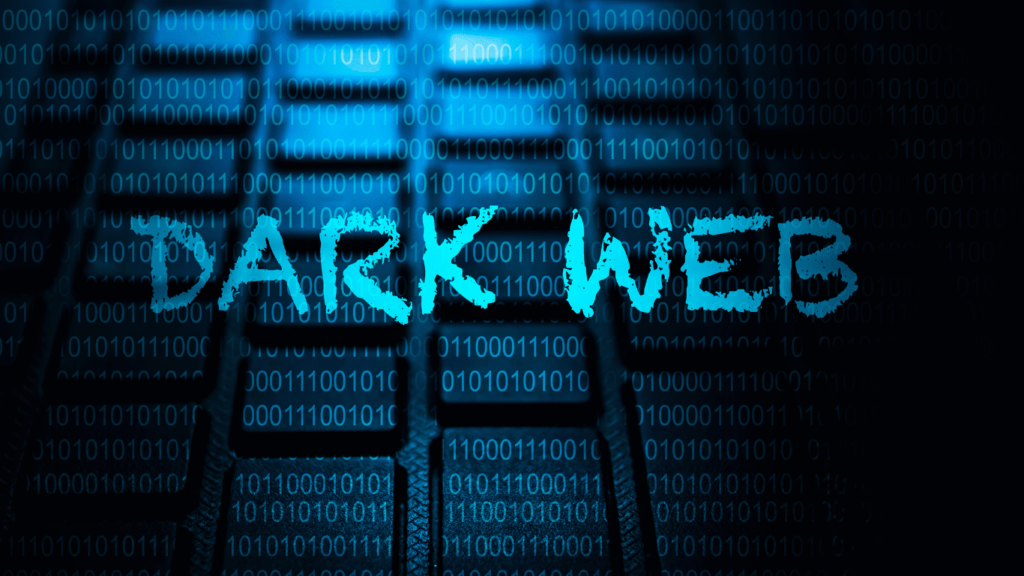The internet has transformed how we communicate, but nothing encapsulates its culture quite like memes. These quirky, often humorous images and phrases have evolved from simple inside jokes to a powerful tool shaping online conversations and trends. They’re everywhere—on social media, in group chats, even in marketing campaigns—acting as a universal language that transcends borders and generations.
The Rise Of Internet Culture
Internet culture grew from niche communities to a global phenomenon, transforming how people share, connect, and express ideas. With each platform’s evolution, cultural norms, humor, and communication shifted dramatically.
Early Days Of Online Communities
Online communities emerged in the 1990s through bulletin board systems (BBS) and forums like Usenet. These platforms encouraged users to explore shared interests, from gaming to tech discussions. By the late 1990s and early 2000s, platforms like AOL Instant Messenger and early social networking sites such as Friendster fostered personal interactions.
Memes initially appeared in these spaces as simple inside jokes, often text-only formats like ASCII art or humorous phrases. Sites like 4chan and Something Awful became hotspots for user-generated content, introducing memes like “LOLcats” and “Rickrolling.” These communities laid the groundwork for the viral sharing culture seen today.
The Role Of Social Media In Shaping Internet Culture
- Social media amplified the reach and speed of internet culture, turning memes into global trends.
- Platforms like Facebook and Twitter introduced timelines and feeds that prioritized shareable content, making meme dissemination seamless.
- Instagram and Snapchat emphasized visual storytelling, evolving memes into multimedia formats like videos and GIFs.
- Reddit became a hub for creating and curating internet culture through subreddits, while TikTok transformed meme-making into performance art, driving trends like viral dances and sound clips.
- Social media algorithms further shaped culture by showcasing high-engagement content, cementing memes as a significant part of online interaction.
Understanding Memes As Cultural Artifacts

Memes are more than fleeting internet jokes; they act as reflections of societal norms and values. By examining their behavior and spread, it’s clear how they influence and document digital history.
Definition And Characteristics Of Memes
Memes are units of culture transmitted from one individual to another, often through imitation or humor. They encapsulate ideas, emotions, or commentary in an easily digestible format, including:
- images
- videos
- GIFs
- text captions
Key characteristics include relatability, adaptability, and simplicity. Memes reflect shared experiences or popular trends, resonating with broad or niche audiences. For example, the “Distracted Boyfriend” meme uses a relatable setup to critique modern relationships or shifting priorities.
The Spreadability And Virality Of Memes
The spreadability of memes lies in their ability to resonate with individuals across diverse cultures or interests. Social media platforms play a pivotal role, accelerating viral trends through likes, shares, or remixes. Virality hinges on timing and emotional impact; a relevant meme spreads rapidly during significant events. For example, the “Bernie Mittens” meme gained traction during the 2021 presidential inauguration due to its humor and connection to a public moment. This illustrates how memes thrive in the participatory culture of the internet, where audiences actively engage in reshaping content.
How Memes Influence Online Conversations
Memes shape discussions by acting as dynamic tools for communication, humor, and cultural reflection. They encapsulate complex ideas in relatable and entertaining formats, fueling online conversations across platforms.
Memes As Tools For Communication
Memes function as visual or textual shorthand to express emotions, opinions, or reactions. They allow users to communicate effectively, even across language barriers, through widely understood imagery or captions. For instance, reaction memes like “Facepalm” or “This Is Fine” succinctly convey frustration or acceptance of chaotic situations. Their adaptability ensures relevance, often molding to fit the nuances of specific contexts or conversations.
The Role Of Humor And Satire In Memes
Humor and satire make memes engaging and shareable. Memes often exaggerate current events or highlight absurdities in a lighthearted way, increasing their appeal. For instance, the “Shrek” and “Cat Vibing” memes leverage humor to foster a sense of shared enjoyment, which helps drive viral interaction. Satirical memes, such as those addressing political debates, provide a means to comment on serious topics with wit, encouraging both reflection and discussion.
Social Commentary Through Memes
Memes facilitate grassroots-level discourse on societal issues by offering quick, impactful commentary. They shed light on topics like inequality, environmental concerns, and cultural trends using relatable formats. For example, the “Weird Flex But OK” meme critiques societal behaviors with subtle irony, while the “Ok Boomer” meme humorously highlights generational divides. Through collective participation, users amplify social issues, turning memes into vehicles for activism and awareness.
The Impact Of Memes On Society And Culture
Memes influence society by shaping cultural trends and collective values. Their adaptability allows them to connect with millions, transcending borders and language barriers.
Memes And Global Trends
Memes play a key role in shaping global conversations. They often highlight current events like political campaigns, celebrity moments, or cultural phenomena. For example, the “World Record Egg” meme in 2019 became a symbol of unity as millions shared it to break an Instagram record. Memes have also driven internet challenges, from the “Ice Bucket Challenge” popularizing ALS awareness to the “Harlem Shake” dance craze uniting participants worldwide. These examples demonstrate their power to inspire collective participation.
Memes also influence purchasing habits and brand interactions. Viral meme campaigns like the “Meme That Saved Popeyes” contributed to increased sales for the Popeyes chicken sandwich, proving their ability to impact consumer behavior on a global scale. Their inclusion in marketing strategies demonstrates how businesses harness meme popularity to resonate with younger, tech-savvy audiences.
Memes As A Reflection Of Collective Consciousness
Memes mirror societal sentiments by capturing shared experiences and opinions. Their humor and relatability offer insight into public attitudes, whether it’s addressing global issues like climate change or everyday frustrations like workplace struggles. For instance, the “How It Started vs How It’s Going” meme format showcases personal and collective transformations, often tying them to trending news or social narratives.
Memes can also expose ideological divides or foster unity in times of crisis. After the COVID-19 outbreak, quarantine memes emerged as a coping mechanism, shedding light on collective emotions like anxiety and resilience. Similarly, protest movements, such as Black Lives Matter, utilized memes to amplify messages, advocate for change, and rally support. By reflecting and shaping public consciousness, memes serve as both digital archives and agents of social dialogue.



